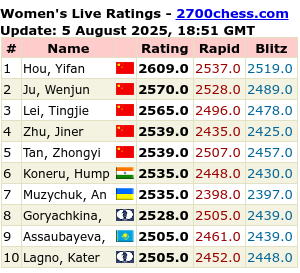This question crosses my mind nearly every time I complete a Chesstempo puzzle.
I have the correct "answer", and yet because the full CT solution is often not what I expected ( especially if it is so different to the game it came from) , or else deviates at one or more points, I ask myself the 'What If..." question.
If its obvious, I see it immediately.
If I'm lucky, I will have a relatively quick answer in the comments ( and to be honest, these are always worth reading for the insight they give into how people think ), and at worst I would have to try and work out why, which at times becomes both difficult and rewarding.
An engine gives a clear variation, but then having to work out what that means is, at times, a more difficult proposal !
Looking at games without any annotation prompts the same question.
I know that one approach of viewing games is just to run through many of them and let the patterns sink in, but sometimes you just have to check why someone didn't make that so "natural" move.
Here's two examples from the same game, Aronian-Tari, TFX Road to Miami, July 2022.
First example is simple.
While playing through the game the pin on the Black Queen is evident, so on Black's Re1, you have to ask why, as it leaves the Queen hanging. However in this case its very obvious, as there is a clear mate threat from Black
 |
| 28...Re1 |
Later on there is another example after 35. Nxf8.
 |
| 35. Nxf8 |
Tari played 35...Qa1+. Nothing wrong with that but why not Rxf8 regaining some material ?
Its not quite as obvious as the mate-in-one threat from move 28, but its simple to work out and reveals a nice combination only 4- or 5-ply long, with only one place where you can trip up, and provides the explanation of why Rxf8 would be a bad move to make. In addition, its not too difficult to find, even for a club player on a lunch break !
I suppose my point is that looking at the moves not played is as instructive as those seeing that were, and sometimes can be a better learning experience as you do it all yourself, and you don't leave the question unanswered.

